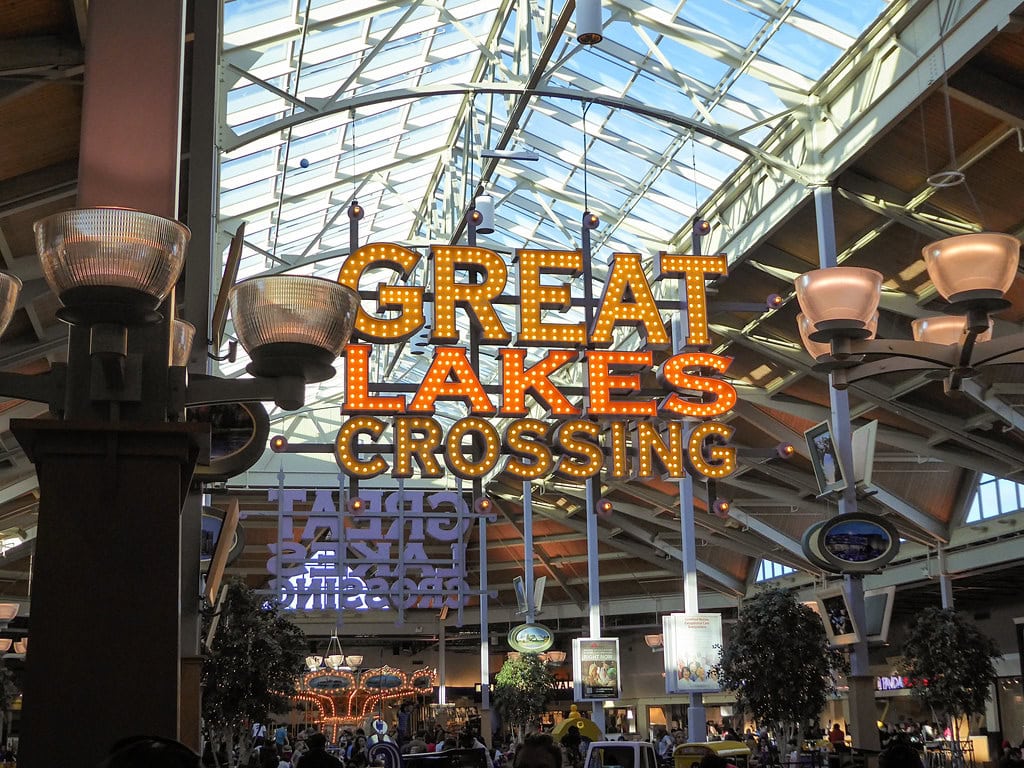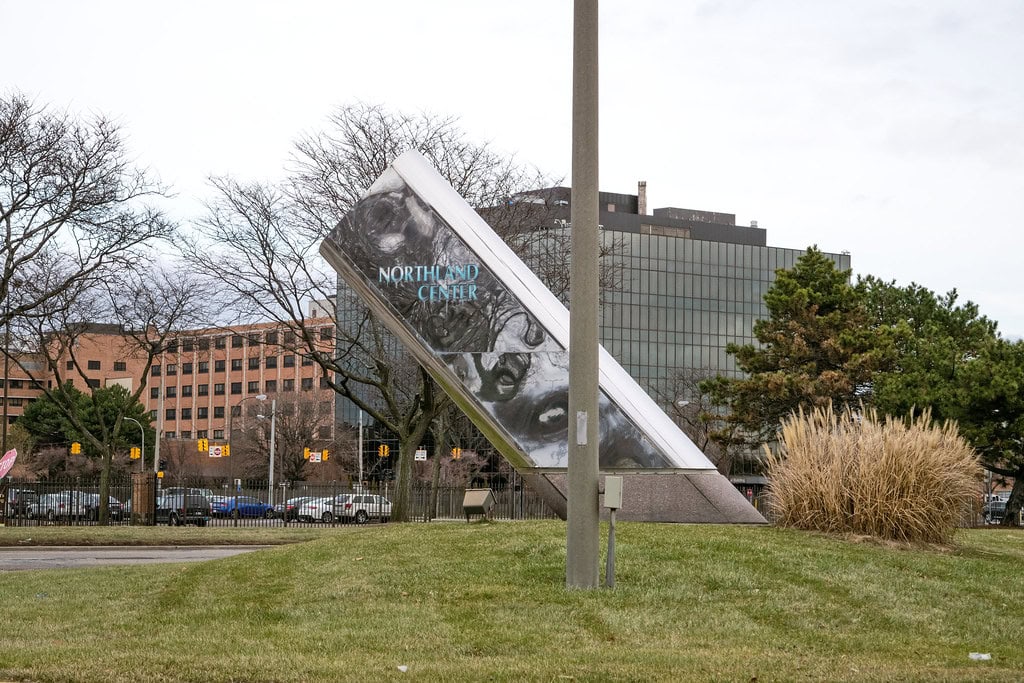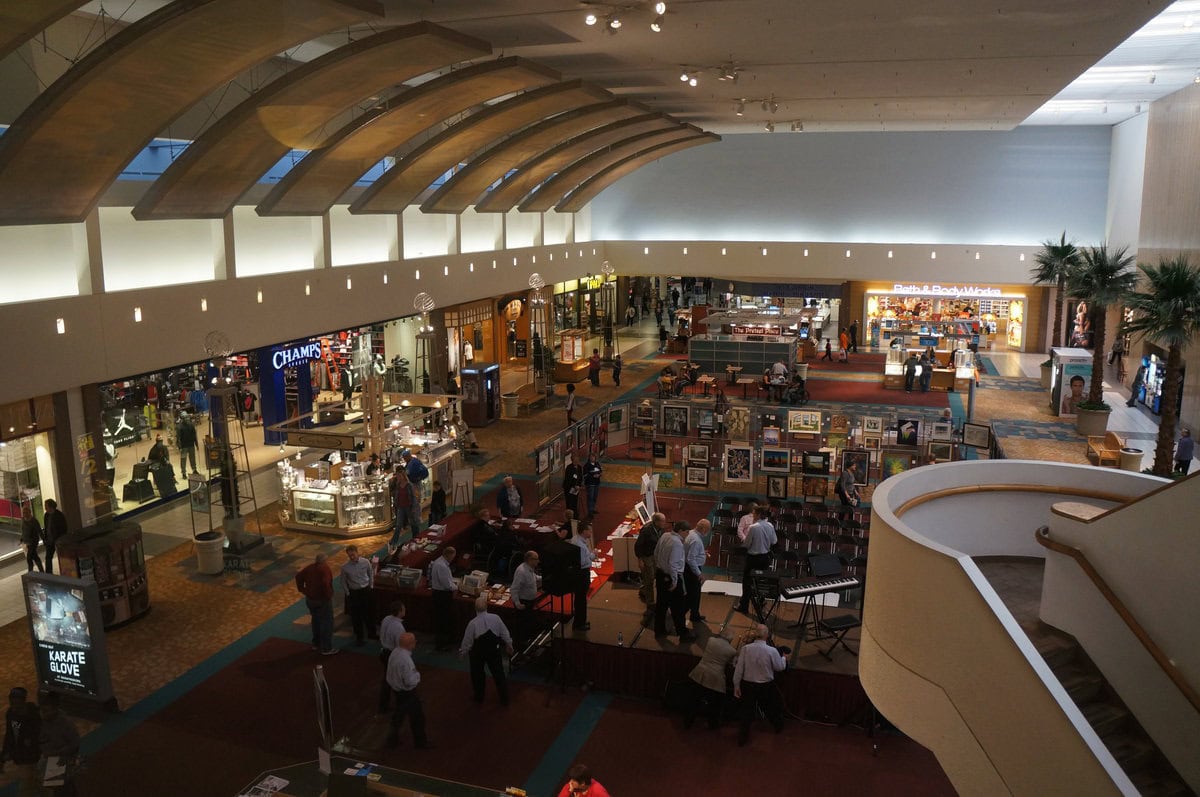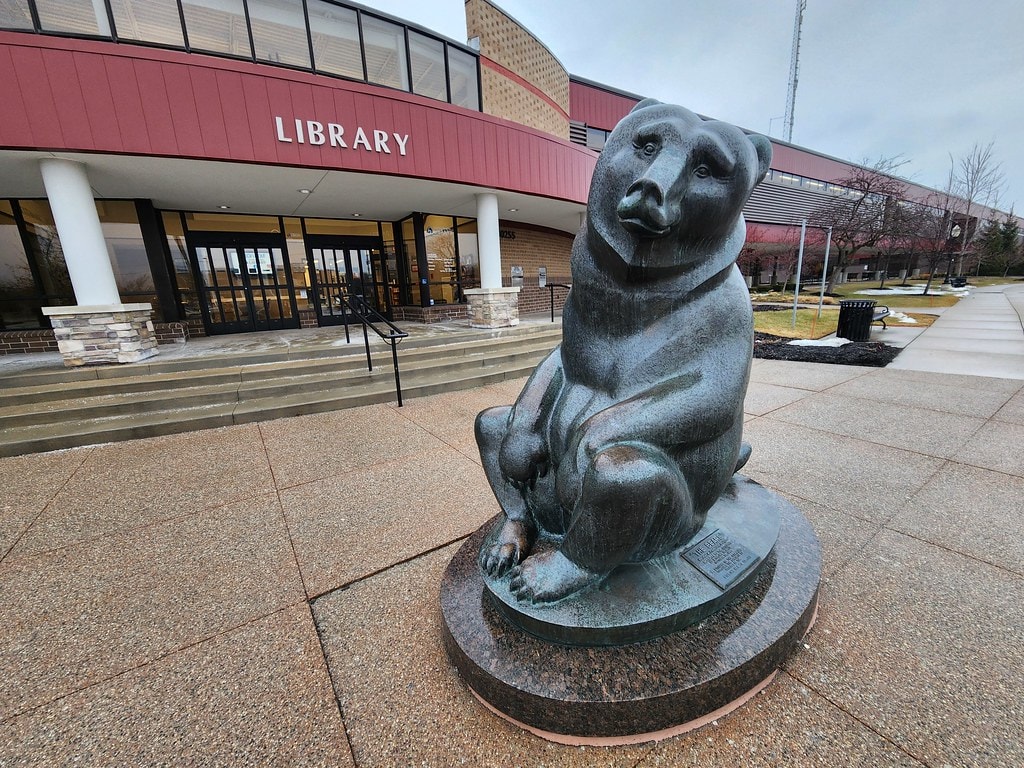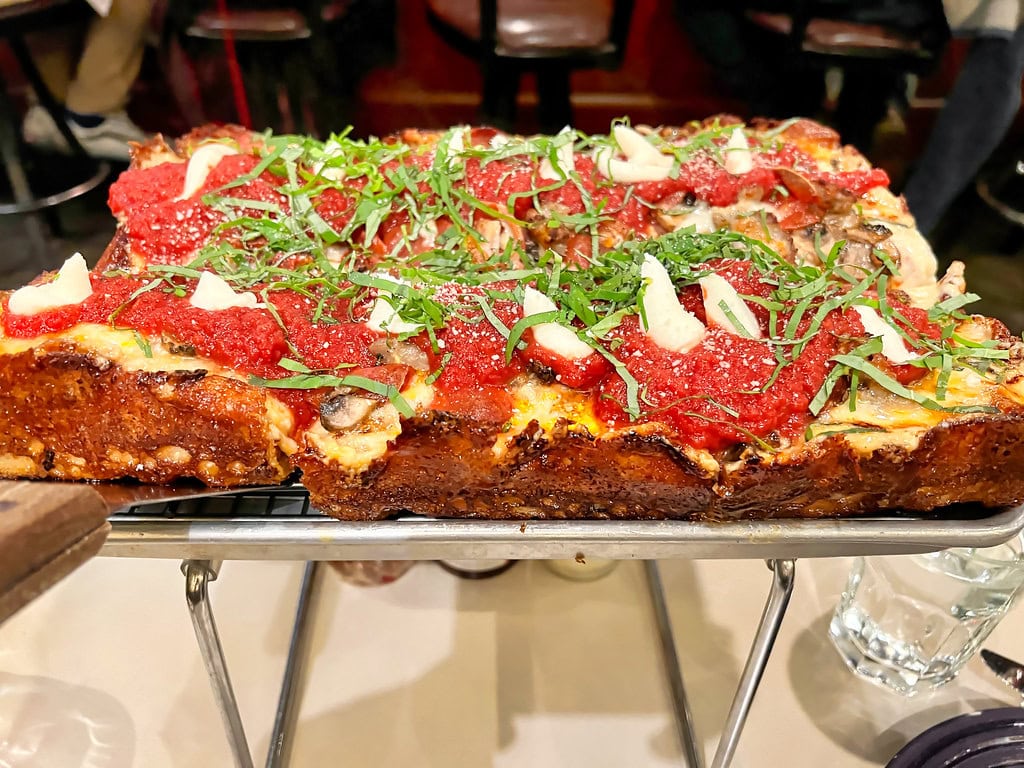Origins in the Nineteenth Century
The first Michigan State Fair opened in Ann Arbor in 1839. Families came in wagons rattling with crates of chickens and jars of apples sealed with wax.
Michigan had been a state for just two years. Most of the country still thought of it as a swamp and forest.
The ribbons handed out that day weren't just prizes. They were proof. Farmers who had cut fields out of stumps wanted the world to see their work counted.
Ten years later, the fair moved to Detroit. The city's sawmills filled the air with dust. Politicians talked about prosperity.
Farmers kept showing up. They stood with their livestock in the shadow of new factories, waiting for a judge to look their way.
A Detroit Institution and Its Decline
Through much of the twentieth century, the Michigan State Fair was a highlight of summer in Detroit.
It was where 4-H kids presented their prize cattle, butter sculptors carved figures from massive blocks, and families rode the midway rides.
At its height in the mid-1960s, the fair drew close to a million visitors each year.
In 1966 alone, attendance reached 1.2 million, making it one of the largest gatherings of its kind anywhere in the country.
But the long decline of Detroit affected the fair as well.
By the early 2000s, buildings were aging, the fairgrounds felt worn, and attendance numbers no longer came close to the earlier highs.
In 2009, after 160 years of operation, attendance dropped to around 217,000.
That fall, Governor Jennifer Granholm announced that the state could no longer support the fair. Funding was cut, and after 2009, the storied Detroit event went dark.
For many, it seemed like the end of one of Michigan's most enduring institutions.
The decision to end state funding hit hard. Generations of families had grown up going to the fair, and the butter cow alone had become a cultural symbol.
The livestock barns, the marching bands, and the amusement rides all seemed destined for memory.
Yet the closure was not the end. Instead, it marked the start of a transition to a new era and a new home.
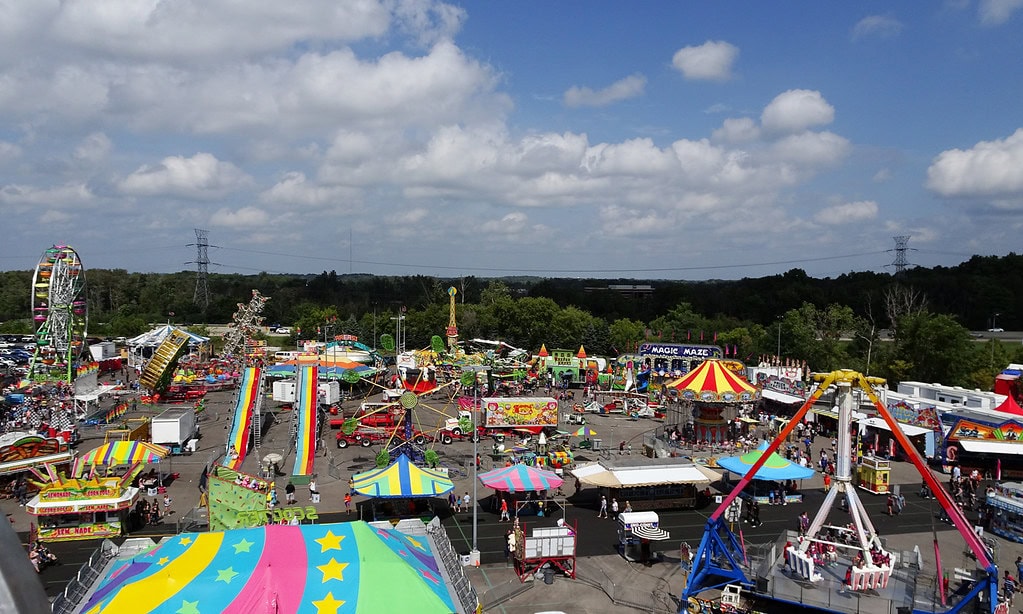
Reinvention in Novi
After two years of silence, organizers made an effort to revive the fair in a new format. In 2012, the Suburban Collection Showplace in Novi hosted the Great Lakes State Fair.
It was not the full-scale event of old, but it represented a return to tradition and a signal that the fair still had a place in Michigan life.
The fair was timed for Labor Day weekend, stretching from August 31 to September 3, and quickly drew families who had missed the annual ritual.
By 2013, the familiar name returned. The event was rebranded as the Michigan State Fair and organized by Michigan State Fair, LLC.
Fifth Third Bank signed on as a presenting sponsor, and with no state funding, the fair leaned on partnerships and ticket sales.
The Novi fair began to resemble the Detroit version in spirit, with its butter cow, livestock shows, and amusement rides, even as it operated on a smaller footprint.
The Suburban Collection Showplace provided not just exhibition halls but also a base from which the fair could grow.
They began acquiring adjoining land to support expansion. By 2015, more than 40 acres had been added, allowing space for livestock barns, carnival rides, and parking.
Attendance, which was about 80,000 in 2013, grew to more than 92,000 by 2014. The revival had momentum, and the Novi location was established as the fair's new home.
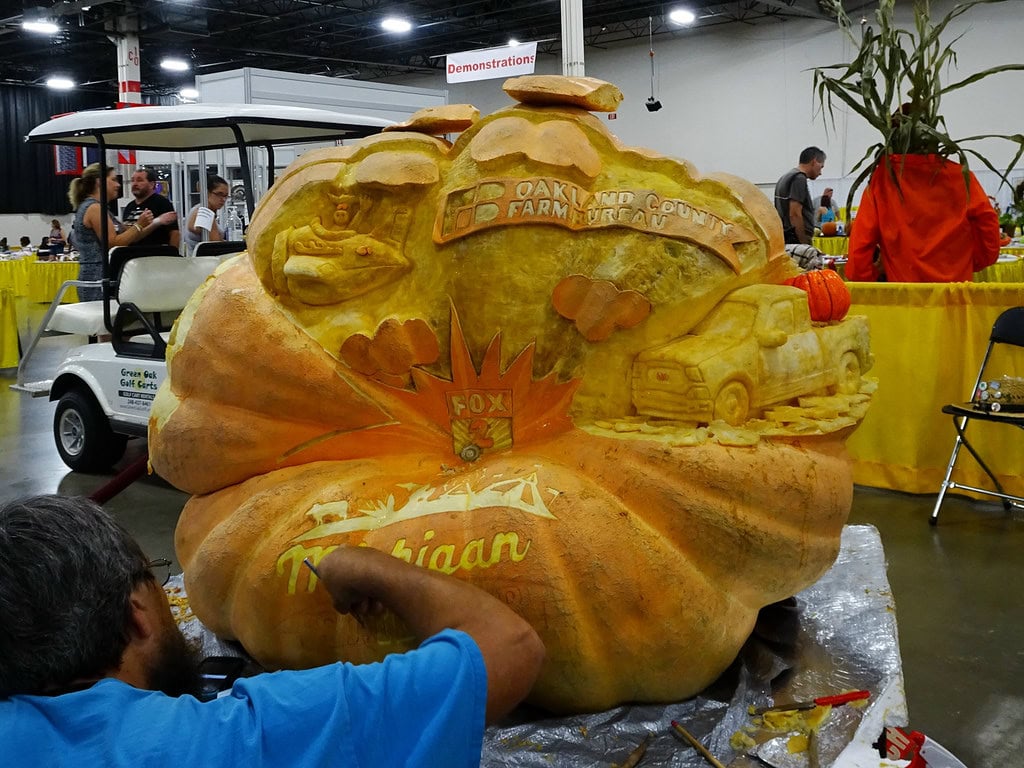
Traditions Old and New
At the Michigan State Fair, tradition is always layered with invention. The butter cow stands in its chilled glass case, sculpted each year into a new pose.
Children press their faces to the window, just like their parents did, while fairgoers line up for photos.
The cow has become less about dairy and more about memory, a marker that the fair is still alive.
Across the grounds, newer rituals have taken hold. There is the pig race, with handlers in sequined jackets urging piglets around a sawdust track.
Families shout themselves hoarse for pigs named with puns.
The contest is absurd, but it draws some of the loudest crowds.
Inside the barns, quilting contests sit beside neon-lit rides. A place setting competition might be judged next to an ice cream eating contest.
The fair seems to rely on this pairing: the old proofs of farming and craft balanced against the carnival acts and sideshows.
Together, they convey to visitors that Michigan's identity remains both.
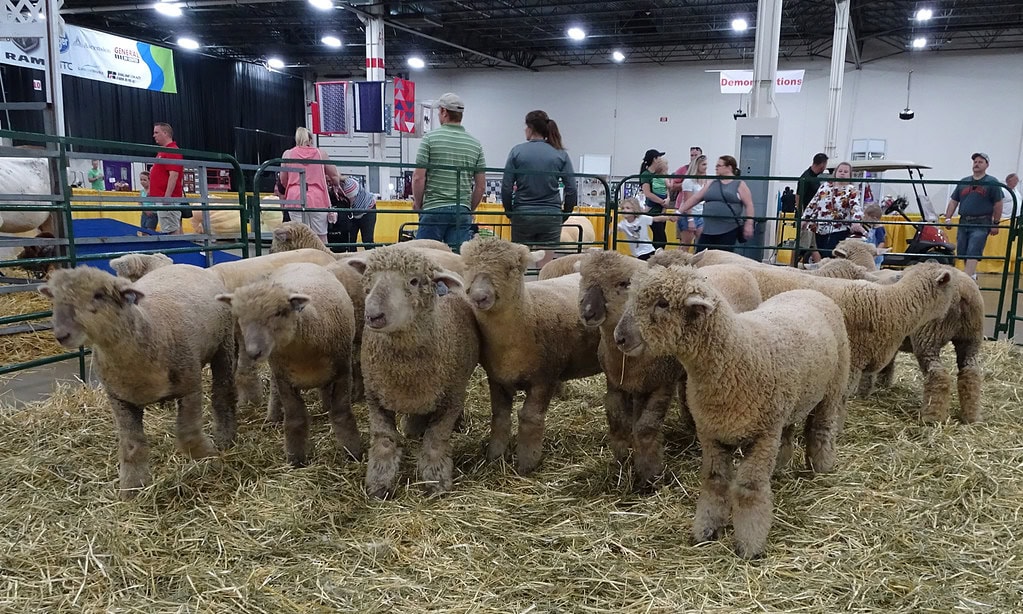
Novi as a Permanent Home
Today, the Michigan State Fair in Novi is a privately run enterprise but carries much of the weight of the original state fair's legacy.
The Suburban Collection Showplace, which opened in 2005 as a convention center, is now synonymous with the event.
The move to Novi has changed the fair's geography but not its purpose.
Families still attend to see the butter cow and livestock competitions. The midway still lights up each Labor Day weekend.
And Michigan agriculture remains on display, from pumpkins and beans to dairy cows and baby chicks. Attendance remains strong, bolstered by the fair's compact but full experience.
The history of the Michigan State Fair is one of reinvention and survival.
From its beginning in 1839 to its Detroit heyday, through its decline and shutdown in 2009, and into its present rebirth in Novi, the fair reflects Michigan's resilience.
It is no longer a state-funded institution, but it remains a gathering place where city and country meet, where spectacle mixes with tradition, and where people return each year to find both continuity and surprise.

